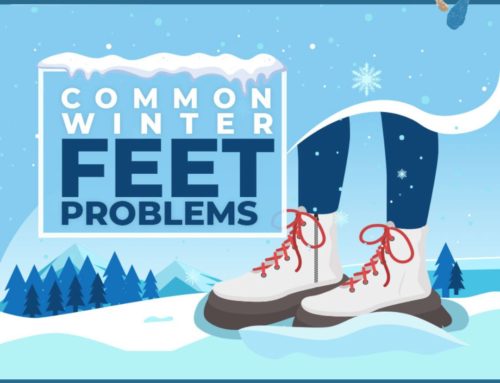How to Keep Your Feet in Good Condition
Timeless Advice for Healthy Feet

- Wear good quality shoes designed for your sport of choice, whether it’s shopping, walking, cycling or hiking.
- Have your feet and toe nails checked and cared for regularly by a Chiropodist/Podiatrist. This includes the mapping of moles and warts.
- Perform gentle ankle exercises such as moving your feet in circles tracing the letters of the alphabet. This helps improve mobility, flexibility and circulation.
- Do calf-stretches to reduce any tightness in the back of the lower leg muscles. Lean against the wall and place one foot forward and one foot back; bend the forward knee and you will feel the calf muscle of the opposite leg stretch. Hold for 10 seconds. Change the position of your legs and repeat the exercise.
- Use insoles/orthotics to add cushioning to the soles of your shoes or to correct foot abnormalities gait. As we age (and we all do), the fat pad under the bones at the ball of the foot tends to get displaced forward thus reducing cushioning. An insole will provide extra cushioning and an orthotic will make walking more comfortable.
- Have your foot mechanics evaluated by a Chiropodist/Podiatrist. Structural imbalances that can lead to painful bunions, corns and callouses can be corrected.
- Treat ingrown toenails. A Chiropodist/Podiatrist can clip away a segment of the offending nail to provide immediate relief or permanently remove the offending nail border.
- If you have varicose veins, elevate your feet when you can and walk as often as you can. Compression stockings and socks may be beneficial too.
- Keep moving. Check with your general practitioner and then start a gradual walking or exercise program. Be sure to wear appropriate and comfortable fitting shoes.
- If you are living with diabetes, you need specialized footcare – to reduce the risk of wounds that could lead to infection and amputation.
Make your next 100,000 kilometres the best ever! See your Chiropodist today!



